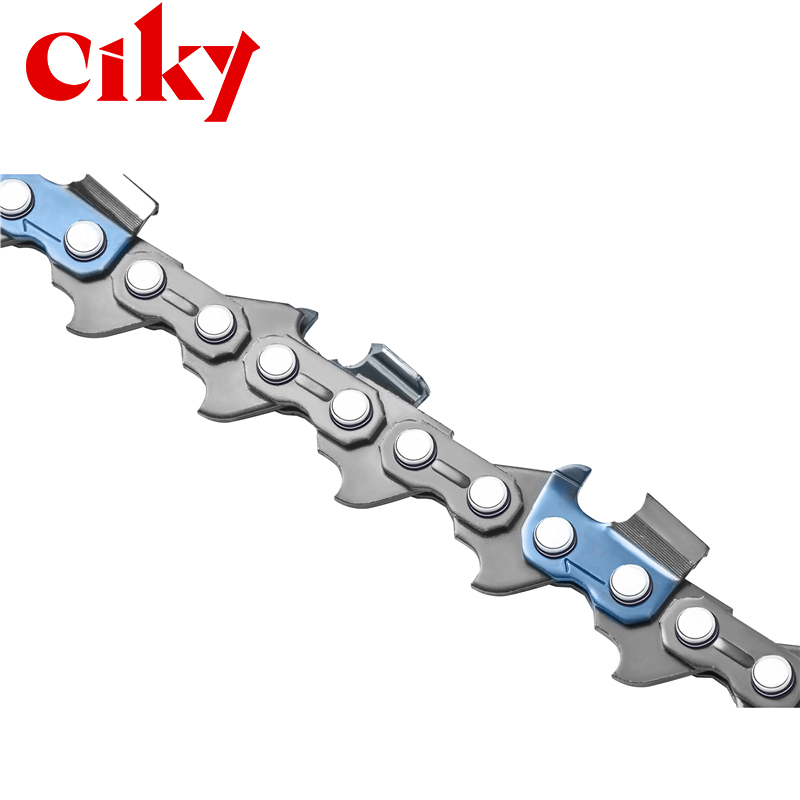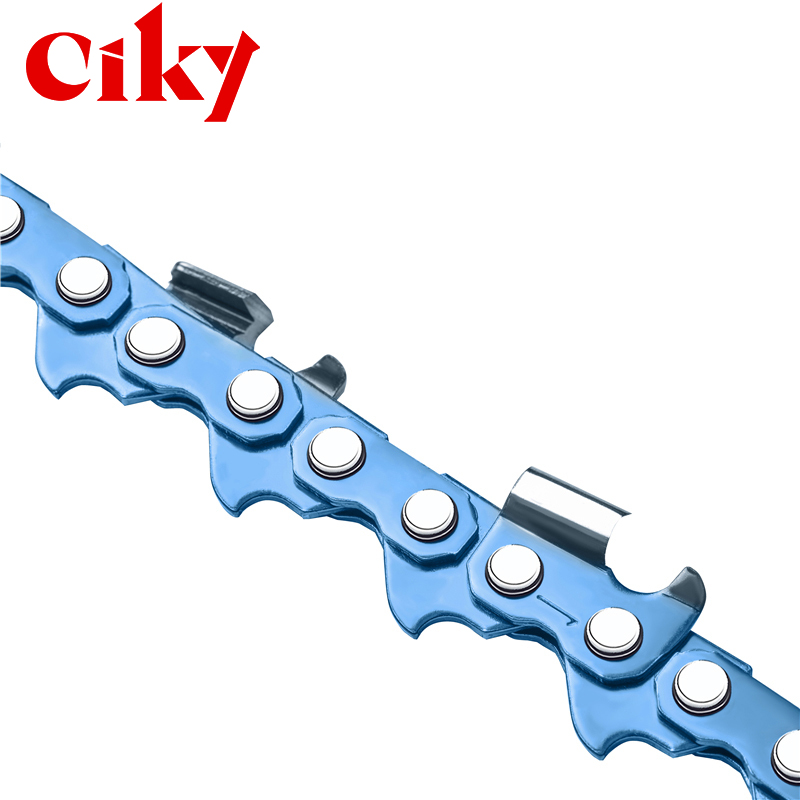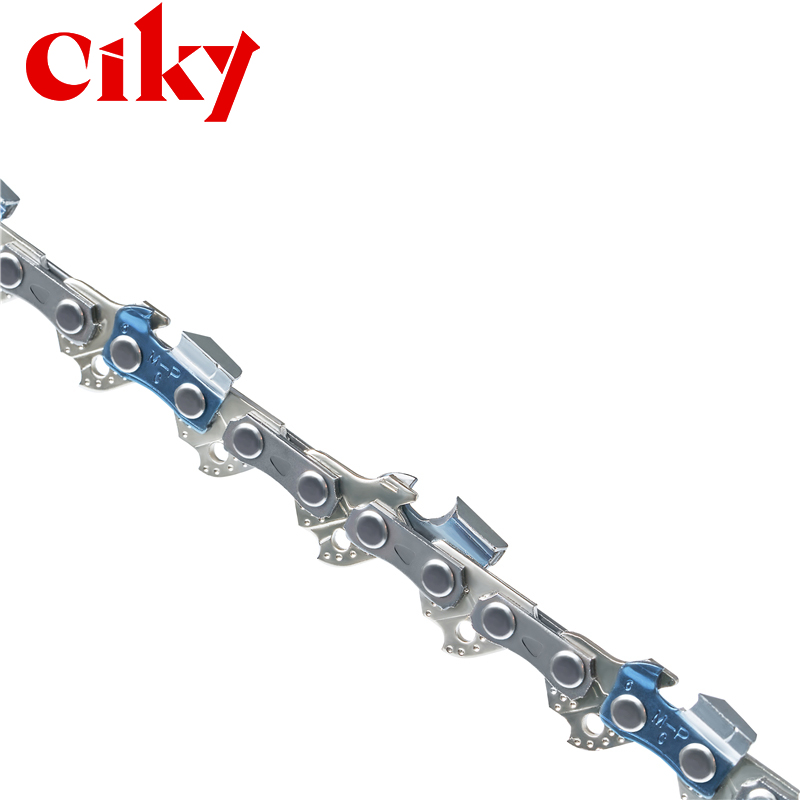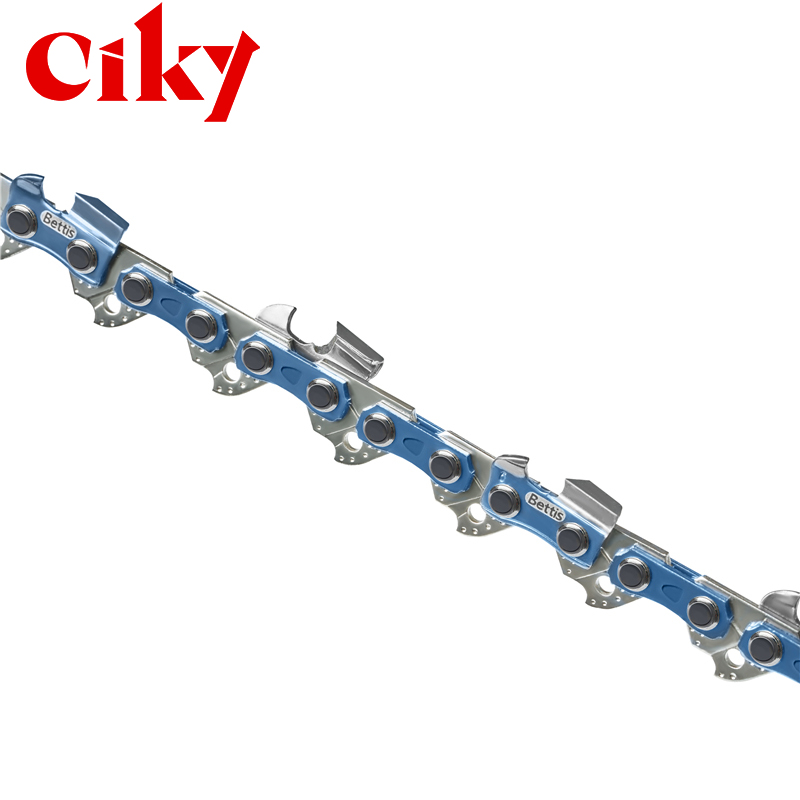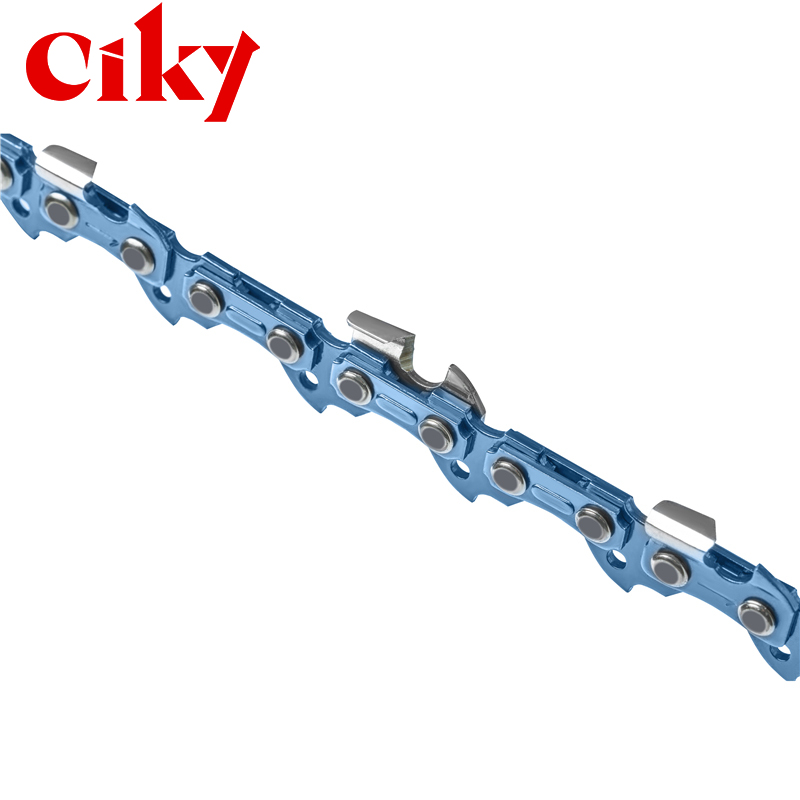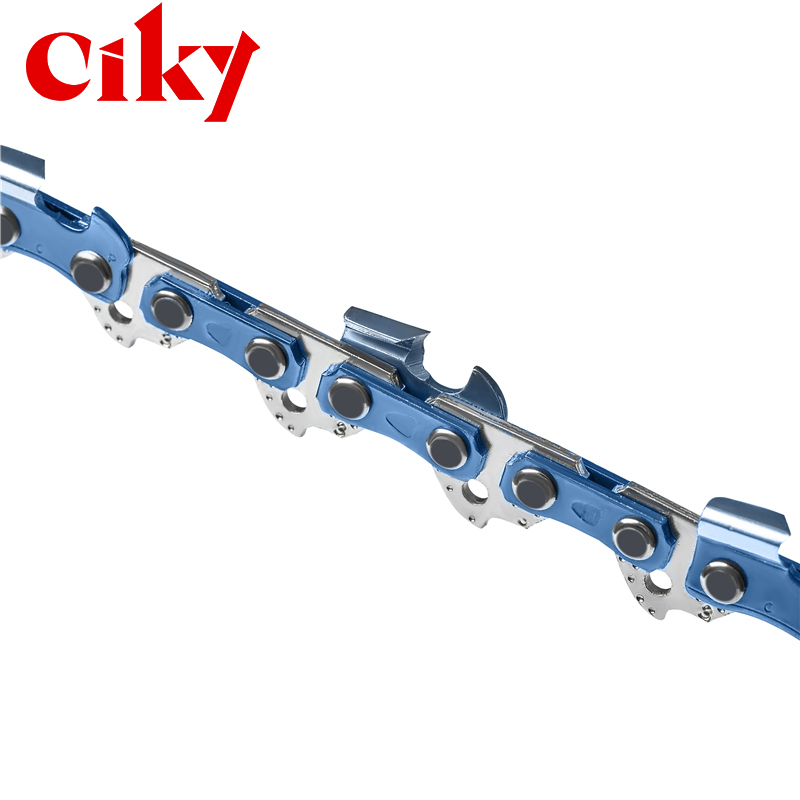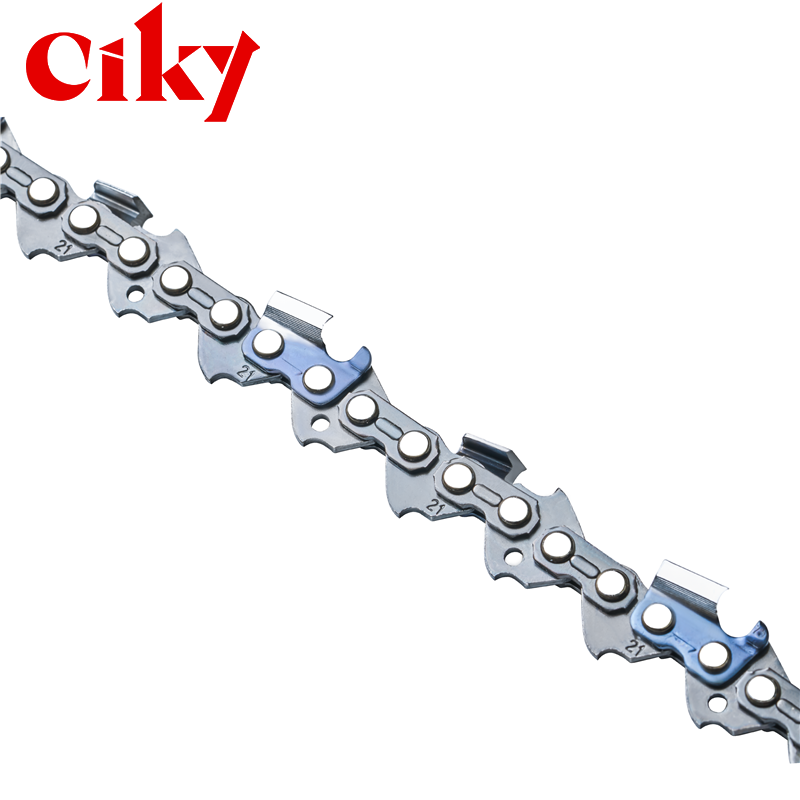How to Properly Fit a Chainsaw
Author:admin Date:06-03-2023
Chainsaws can be extremely powerful tools. Unfortunately, they can also be highly dangerous. A properly fitted chain will not only provide the required power, but will allow the operator to operate safely. There are a few things to keep in mind when purchasing or using a chainsaw, and a bit of knowledge is essential.
The first step in ensuring your chain is up to the task is to choose the proper type of bar. There are several different types of bars on the market, and each is designed for a specific application. For example, the hard nose bar is a good choice for cutting jobs that require a hole to be drilled into the wood. If you have a large job that will involve many cuts, a full-skip chain may be better suited for you.
Another consideration is the length of your chainsaw. Chainsaws are generally designed to be used around 12 to 16 inches long. Depending on the model, this number will vary. Most are made to be a little shorter than this. Using a chainsaw with too much length can cause the chain to kick back. Similarly, a chain that is too tight will not be as effective as it could be. This is why it is important to measure the correct length.
Ideally, you should use a gauge to ensure your chain is properly fitted. Although most chains come with their own, it is possible to get the same result with a cheap multi-purpose caliper. To determine the gauge of your chain, you will need to know the gauge of your guide bar and the thickness of your drive links.
The chainsaw's chain link gauge is the thickness of the drive links that fit into the guide bar groove. You can see this figure displayed clearly on your chainsaw's manual, on your toolbox, or on your guide bar itself. While this measurement is not directly useful for determining the appropriate length of your chain, it is one of the most commonly misunderstood aspects of chainsaw ownership.
However, there is a more accurate way to find out what the gauge of your chain actually is. Rather than trying to wiggle your chain through your guide bar, you can use a small pin to pull it downward. Do this several times to get a feel for the level of tension in your chain. After you have found the right tension, you should retighten the bolts. This should not take very long.
In addition to the chain gauge and the proper pitch, there are other factors to consider. The chain's "twist" will also have a bearing on how well your chainsaw cuts. If you are unsure about this, it is a good idea to consult your owner's manual. Choosing the proper chainsaw chain can save you from headaches in the future.
Other factors to consider include the pitch of your chain and the quality of the blade. When selecting a new chain, consider the power of your saw, the size of your work, and the type of materials you will be cutting.


 English
English Español
Español